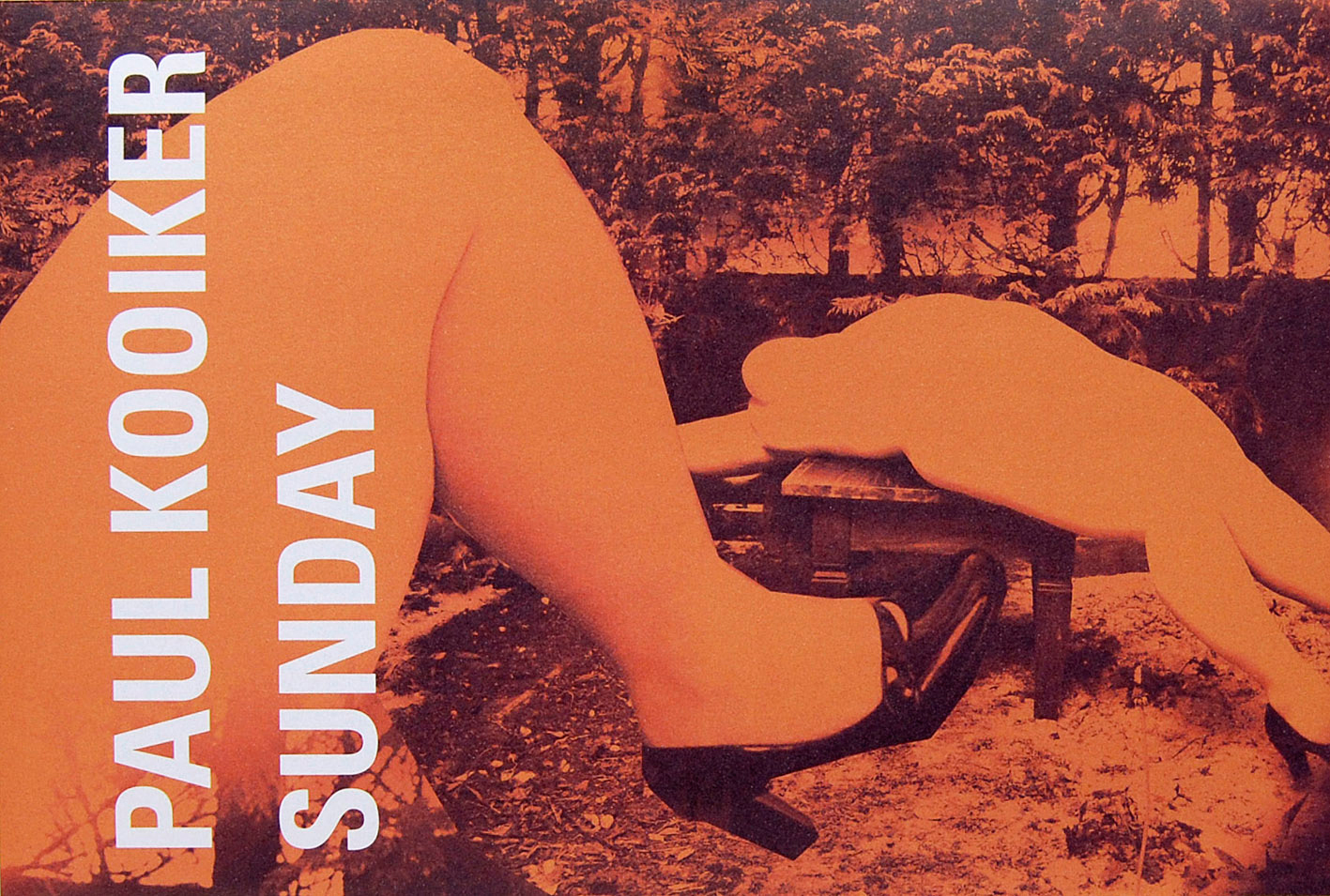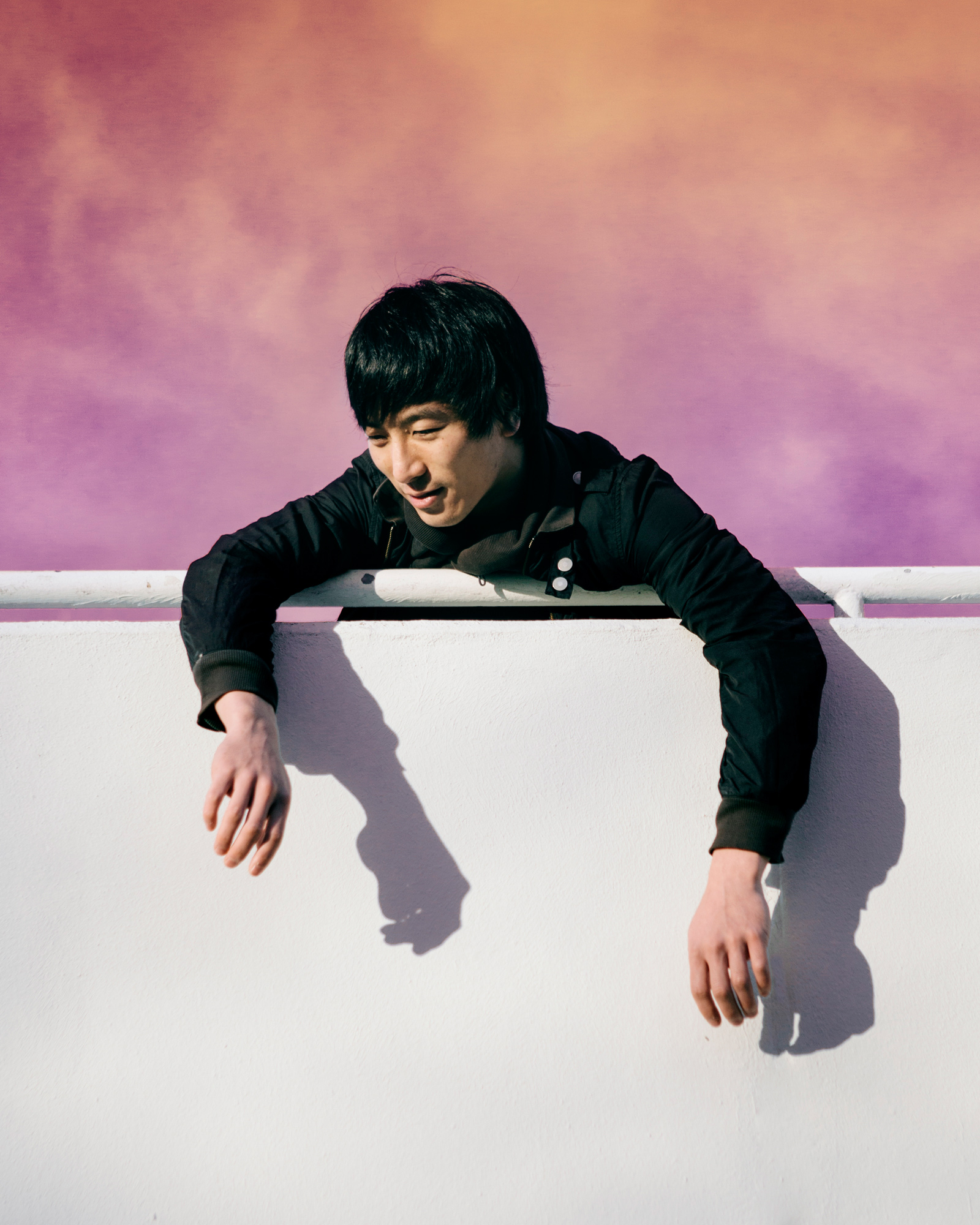The perennial question of how to live together has never assumed more urgency than in our current time. From German political theorist Carl Schmitt nearly 100 years ago to Argentinian philosopher Ernesto Laclau and Belgian theorist Chantal Mouffe, the very notion is held that togetherness means conflict. Social theories like these posit that while ostensibly aiming to achieve harmonious balance, relations are nevertheless inherently antagonistic and always unstable. It is against a backdrop of recent conflicts brought on by racial injustice and an alarming inequality manifested during the fight against a biological imperative that Gucci’s No Space Just A Place exhibition in Seoul’s Daelim Museum start to offer some room for provocation.
At first glance, the exhibition comes close to the utopian dream proposed by Roland Barthes in his book How to Live Together. In it, Barthes sketched speculative simulations of solitary living together that were rid of collective assembly and limited in interaction with one another. Individuals co-exist in tandem with and in respect of one another’s individual rhythms. Further probing of the exhibition complicates such utopian latitudes and reveals nuance. No Space Just A Place, rather, draws our attention to a new form of togetherness by positing a non-existent space through the notion of alterity. For the exhibition’s curator Myriam Ben Salah, space both embodies and conceals social relations. Fundamentally a social process, such spaces entail a material physicality that only gains concreteness through, and in human practice.
In the case of No Space Just A Place, themes of displacement, biotechnology, queerness and hybridisation are the materials that artists like Martine Syms, Meriam Beninini and Cecile B Evans delve deep into to reflect on an alternative collective destiny. Here, the exhibition as a metaphorical space serves ample grounds to effect the imagination of a social relationality where otherness is reckoned with, where minoritarian identities are explored and where difference is encountered. The exhibition’s claim seems fundamentally hopeful: it suggests a new form of kinship which transcends and dissolves social categories like race, sex and class, offering the opportunity to rethink the long and painful human history of colonialism and imperialism.
But if the exhibition’s ostensible aim is to posit an ideological space to effect productive dialogue, then one might ask: what form might kinship take? Along such entangled registers of the ecological, social and political, how might one choose to act? “To want something new is a way of remembering what is worth renewing.” remarked Paul Chan in Eflux’s The Unthinkable Community. The primary question I found posed when initially encountering the exhibition remains: what can a new form of togetherness do? What do we consider worth renewing? And more importantly, can our commonalities make up for our differences? I spoke to the exhibition’s curator, Myriam Ben Salah to unpack the following and to consider the importance of spaces, both imaginary and real.


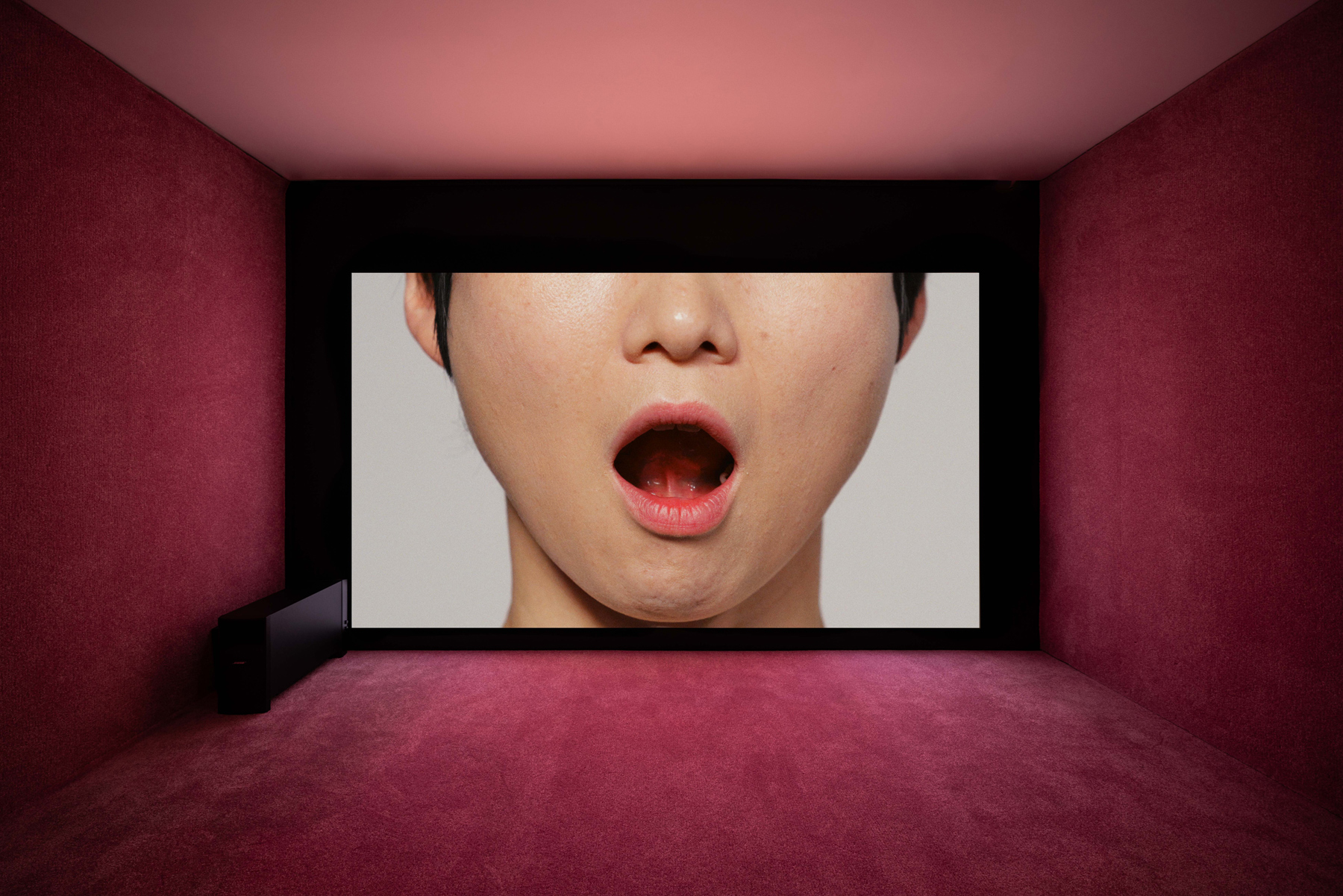
The exhibition is in a sense as much a show about concepts of alterity: gender, sexuality and race—as it is about alternative art spaces in Seoul, why was that important for Gucci? And why Seoul?
Seoul was sort of a prerequisite for the project. Gucci approached me because they wanted to get to know and interact with the Korean artistic scene through an exhibition project. It seemed clear to me that, as an outsider, the most relevant thing wouldn’t be to do something about the Korean scene but really with Korean cultural producers. While researching art practitioners in Seoul before my first visit there, it became clear that there was a thriving scene of independent art spaces run by artists or curators, that were positioned as an alternative to the main institutional and/or market driven art world. I had the pleasure of meeting artist and curator In Young Yeo who became a curatorial consultant for the project and who was key in making me realize the importance of these structures within the local art ecosystem. Working with these spaces allowed me to reflect on a wider, and more metaphorical definition of an “alternative” or “other” space: in a moment where the perspectives on the future are slightly dark—and I would say even more so within the crisis that we are currently experiencing, it seems necessary to consider new spaces (physical and mental) for building alternative narratives, spaces that challenge what’s deemed “normal”.
The exhibition is divided into 2 parts, the first are solo artists displays which feature speculative works while the other involves in independent art spaces like Audio Visual Pavilion, Hapjung Jigu, and White Noise. Can you share how each of these two categories were conceived (fantasy versus alterity) and how the selection of art spaces in Seoul came about?
The project was inspired by the modus operandi of Seoul’s urban context and its effect on the local art ecology: it brings together in a shared environment spaces that are usually separated by great distances, disseminated in different areas of the city where they are hardly connected while being threatened by contemporary logics of urban regeneration. Each independent space was invited to send a proposal for a project they would like to share in this context. The project could include one or several artists, and would be curated by the team of the independent space. It could be new or a new iteration/adaptation of a past project.
The way for us to keep the whole thing cohesive and to create an actual collective exhibition was to ask the spaces to respond to a prompt: the project had to respond to the metaphorical acceptation of an “alternative space”, which produced many inspiring definitions. Some related it to “outer space” as a speculative tool for example, or to a utopian place in which to set new empowering narratives, dwelling into the understanding of otherness, the exploration of minoritarian identities and queer politics (in the tradition of feminist science-fiction, afro- futurism ect.), and the imagination of new political and aesthetic relationships between humans, non- humans, the earth and the cosmos.
In addition, I invited five artists who have a practice that engages with the metaphorical meaning of “alternative spaces”: they all explore either the margins of our societies, or the possibilities of our near future. So the two parts that you mention are actually tied together and in dialogue. I chose projects that specifically dovetailed with such concerns. New-York based Moroccan artist Meriem Bennani for example, re-enacts her work Party on The Caps, a video about the imaginary inhabitants of CAPS, an island in the middle of the Atlantic Ocean where refugees and immigrants “illegally” traversing oceans and borders are interned. All these artistic interventions playfully question the narrow perspectives of normative dominant discourses. The work of artist Kang Seung Lee is more direct as he challenges the narrow perspectives propagated by biased (art) historical canons and academic institutions, resisting the discursive and academic violence that has resulted in the historical erasure of queer people in Korea.


What would you say is the biggest difference between how the South Korean art scene operates versus that of France or the United States?
I can’t say I have a comprehensive overview of the art scene in South Korea. I was lucky to collaborate with artists and curators who have, to build this project. I would say that what struck me in comparison to France or the US is the amount of independent, artist-run initiatives and their dissemination throughout the city. It seems that between the 90’s and now, gentrification played an important role in the evolution of independent art spaces, and so does social media, which has shifted their accessibility. Geographical accessibility now isn’t the first criteria, for example, which is why the new generation of independent spaces are not gathered in one specific area—as they are in many cities and as they were in the past, in “gallery districts” such as Samcheong-Dong or Cheongdam-dong— but rather scattered through Seoul, occupying residential neighbourhood as well as commercial ones, sneaking inside markets, old shopping centres, restaurant buildings and industrial areas. I think the first generation opened the road for that, for an art ecosystem that’s more rhizomatic than centralized, both geographically and institutionally.
What does the idea of “Other” mean to the artists and their selected works?
I think there are two acceptations of the term “other” throughout the exhibition. One is tied to the “other space”, the “eterotopia”, a space that functions under a different set of rules and might be the place to foment and build alternative narratives. And another one is tied to the other, the one who is not me, who I could coexist with in a better way in the space of that eterotopia.
The concept of ‘proxenia’ you outlined as an approach to the exhibition layout bring to mind Jacques Derrida’s idea of hospitality where the relations between host and guest is deconstructed. Not having experienced the exhibition space in person, I’m wondering if you can elaborate more about how this concept between the host and guest is imbued into the show.
The idea of “proxenia” refers to an ancient Greek convention of hosting that has been at the core of Gucci’s values these past years and sort of driving the many artistic projects the brand has implemented. Here in a way Gucci is creating a hosting environment, allowing the eclectic art entities to exist together while not existing as a single thing. You’re absolutely right to bring up Derrida’s idea of a deconstructed hospitality. Similarly, we were also thinking about Duchamp’s aphorism “A guest + A host = A ghost”. I think what we tried to highlight in the show and in the scenography is this idea of being together while not being one thing. Each independent space was bringing its identity within the museum while entering in dialogue with others, creating more meaning through this new relationship.
"I can’t predict the future, but I hope actions in the art world and beyond will be dictated less by profit and image and more centered on what matters: ideas and actual change."Myriam Ben Salah
The exhibition was launched at a particularly poignant and timely period. Can you also speak to the role of art and culture in light of the pandemic. What does it mean to be a cultural worker and what does it mean to think and make art in these times?
I have to say that the pandemic truly shed a new light on the exhibition as many of the subjects that we've been grappling with these past months were embedded in the reflection around the show. It’s hard to talk about a health crisis as an “opportunity” but, as a dear friend of mine recently wrote, “it’s tricky to say that a tragedy can be useful, but how tragic is a useless tragedy”. I think we are learning from this situation, of course. We are learning that the people governing us have the power to take actions when necessary, when the consequences of their decisions are made visible. Which means they can also take action towards social change and, relatedly, towards climate change. I’m digressing slightly from the art world but I think the issues are wider than our art community. I believe that the health crisis as well as the unrest that’s currently unfolding mark the end of a cycle dominated by the interests of capitalism. I can’t predict the future, but I hope actions in the art world and beyond will be dictated less by profit and image and more centered on what matters: ideas and actual change.
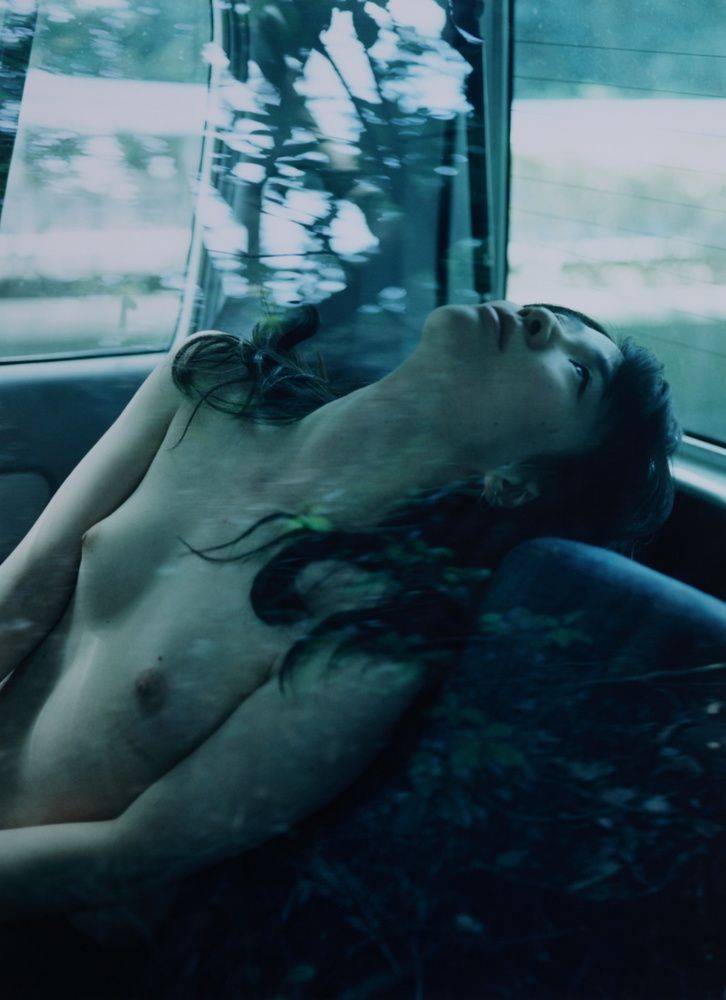
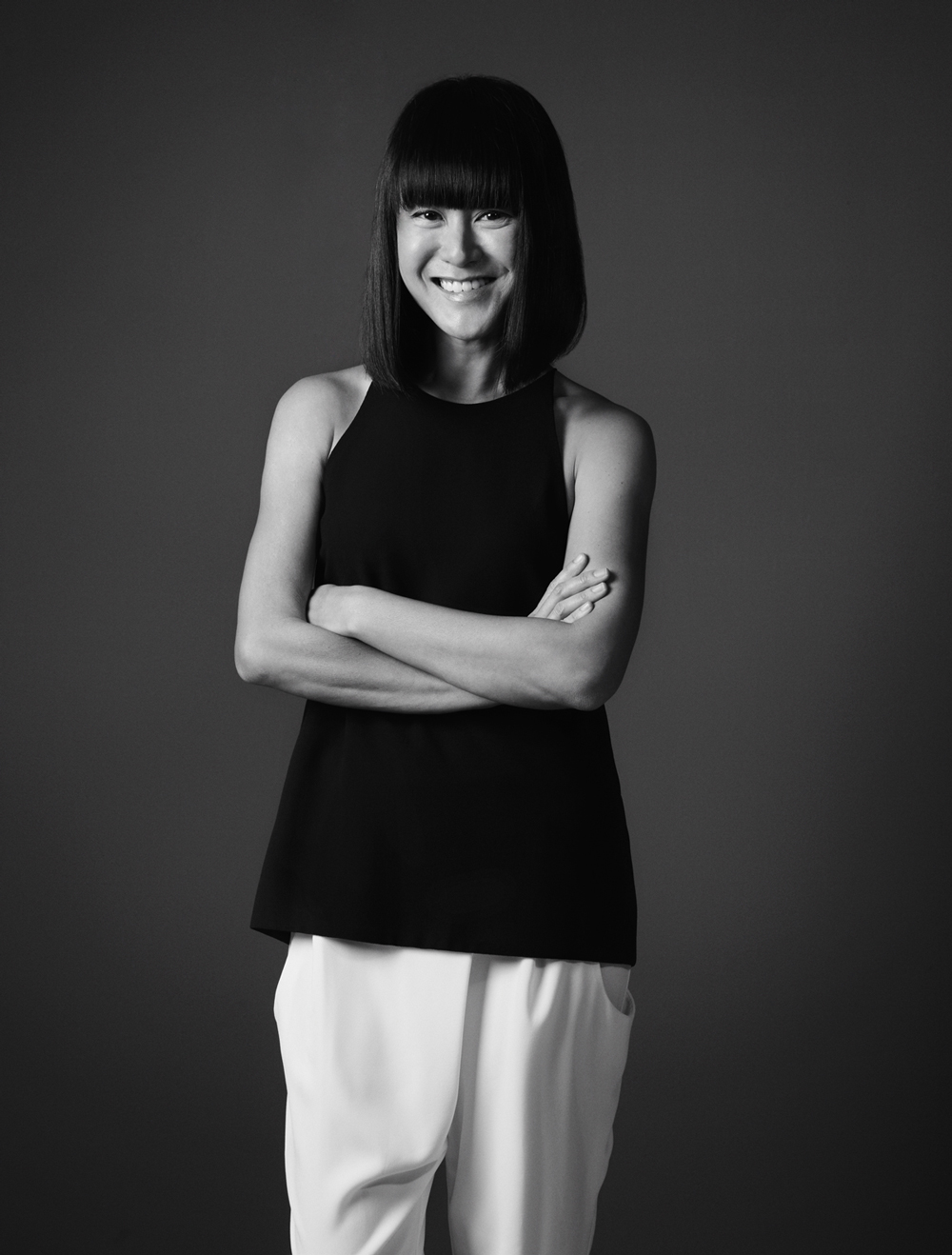
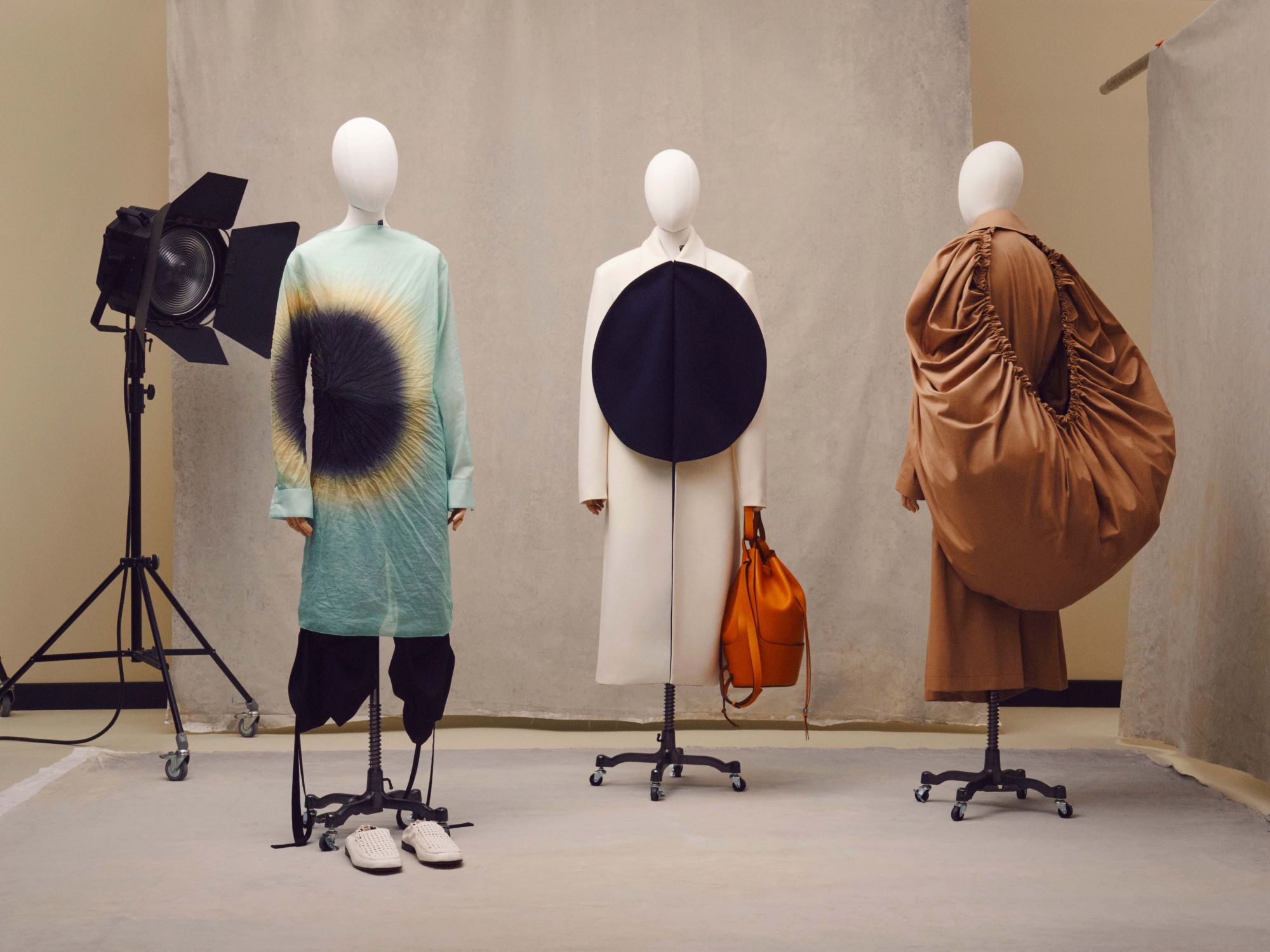
.jpg)
